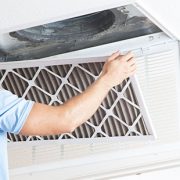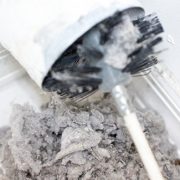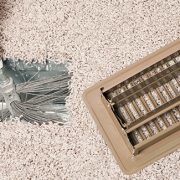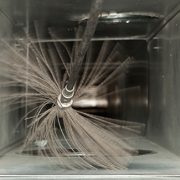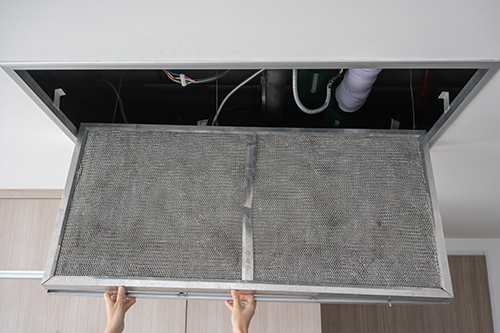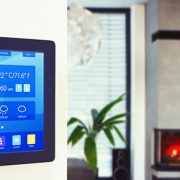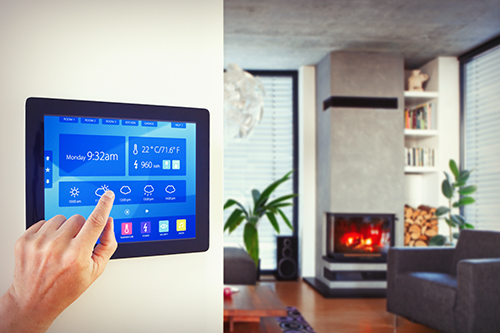Why And When You Really Need An Air Duct Cleaning
Thanks to your HVAC system, it’s easier than ever to control the environment inside the home, regardless of the time of year. In the past, we primarily relied on our ducts for heating in the winter alone. However, with the increasing use of ducts to both heat and cool all year long, there’s a real need for ongoing maintenance.
Keeping your ducts clean is essential for the effectiveness of your HVAC systems, as well as the heat of your home. Here, we’re going to explore why you should have them cleaned when you should schedule an air duct cleaning and how to keep them in top shape otherwise.
Why Dirty Ducts Deserve a Clean
You don’t need to thoroughly maintain your air ducts all that often. They are designed to take care of themselves, in part. There are no moving mechanisms inside them and, provided they were fitted by a professional, they should be made of very durable material. However, while a good set of air ducts can last the lifetime of a house, dirt, dust, and debris can be a risk.
From mold spores to pet dander and even pest droppings, there are harmful substances that can find their way into the air ducts, where they are collected and dispersed through the home. This can cause a range of issues like increasing the risk of moisture gathering, causing more mold and mildew, to causing or exacerbating respiratory conditions like asthma, which young children can be especially vulnerable to.
When you Should Schedule your Duct Cleaning
As mentioned, air ducts take care of themselves most of the time. So long as you keep the home clean, you shouldn’t have to worry about too many harmful debris or allergens clogging up the home. In general, you need an air duct cleaning every three to five months. If you’ve just bought a home, it’s a good idea to get them cleaned just to be on the same side.
Furthermore, if you’ve noticed an increase in signs of moisture and damp around the ducts or people are experiencing allergic reactions, you should have those ducts checked out. Lastly, if you’ve had problems with pests in the home, like rats, then you should have them cleaned.
Regular Air Duct Maintenance Tips
You don’t need to do too much between professional air duct cleaning, but a little maintenance can go a long way to preserve the health of the home and the effectiveness of your HVAC systems.
Air filters in your HVAC systems, for instance, can gather dust and allergens, and the air ducts connected to them serve as the dispersal unit. Your filters need to be replaced every three months. What’s more, by keeping a cleaner home, you have less dust and debris to worry about.
If you’re having issues with your HVAC and you think you need an air duct cleaning, don’t hesitate to get in touch with CFM Pros. We can perform a duct test that can help you get to the bottom of your troubles.


